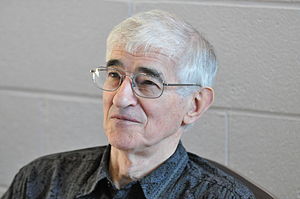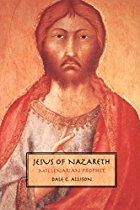
I take it absolutely for granted Jesus was crucified under Pontius Pilate. Security about the fact of the crucifixion derives not only from the unlikelihood that Christians would have invented it but also from the existence of two early and independent non-Christian witnesses to it, a Jewish one from 93-94 C.E. and a Roman one from the 110s or 120s C.E. (p. 372 of The Historical Jesus)
That last “but also” part of Crossan’s sentence addresses the only way we can have any certainty about the past: independent evidence, external controls.
Here Crossan goes beyond the usual subjective assertion that Christians would not have made up the story. Here he acknowledges the primary importance of independent corroboration.
This is good. It is exactly what nonbiblical historians do. They work with verifiable facts. Their task is to interpret verifiable facts and explain the known “facts” of history. (Historical Jesus scholars usually busy themselves trying to find what some facts are. Was Jesus a revolutionary or a rabbi? Did he or did he not “cleanse” the Temple? If there are no verifiable facts then they don’t do the history.)
Everything we need to know we learned as children
I have discussed this in some depth in my Historical Facts and Contrasting Methods posts. It’s a simple truism that most of us learned from our parents, read in the Bible, and that carries right through to normative history and modern-day journalism — Don’t believe every word you are told. Check the facts. Test what you hear. Continue reading “Crossan’s absolute certainty in the historicity of Christ Crucified”








 James McGrath has given Dale C. Allison’s latest book, Constructing Jesus: Memory, Imagination and History, a bit of a bad press in his recent review of it. He famously wrote that Allison explains how a historian can learn the true sense of what a historical person was about through studying fictional material about that person. (See
James McGrath has given Dale C. Allison’s latest book, Constructing Jesus: Memory, Imagination and History, a bit of a bad press in his recent review of it. He famously wrote that Allison explains how a historian can learn the true sense of what a historical person was about through studying fictional material about that person. (See